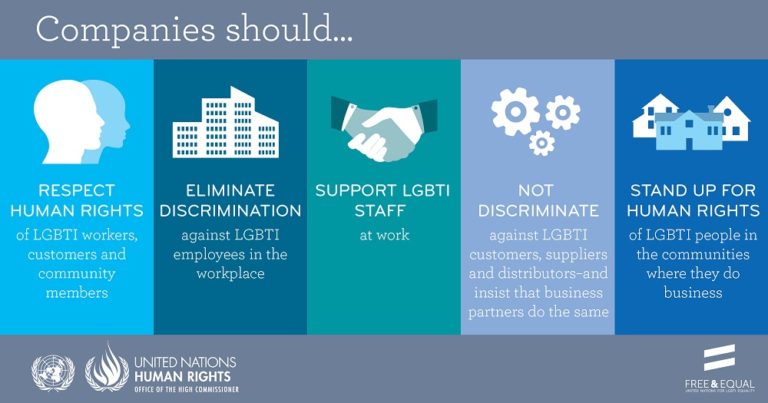By Erik Newlin, director, National Standards Consulting, Government Healthcare Solutions, Xerox
“Rules are meant to be broken.” We’ve all heard this line, and, while it always seemed like the interesting and fun route to take, it’s rarely the right decision – especially in business and in government. Rules are in place for a reason, and when millions of people (and dollars) are on the line, compliance is a must.
In the government healthcare world, this notion could not be truer. Complying with HIPAA Operating Rules, MAGI and ICD-10 may not be fun, but it’s also not negotiable. Whether states choose to expand Medicaid or not, they’ll have to update their systems in order to comply with the new rules outlined by the Centers for Medicare & Medicaid Systems and the ACA. Failure to comply will hit states hard in their pocketbooks.
ICD-10 may seem especially un-fun. In fact, it’s seen by some as being potentially apocalyptic – a highly complicated technology issue that could have devastating effects, and the migration to ICD-10 is getting a lot of industry attention for both its benefits and its challenges. According to a February 2013 survey by the Workgroup for Electronic Data Interchange (WEDI), a private and public industry authority on the use of health IT, provider readiness appears to be the major concern in meeting the 2014 compliance deadline. And, generally, moving to ICD-10 is seen as a highly complicated technology issue.
Xerox, though, estimates that the technology component represents only about 20 percent of a shift to ICD-10. The other 80 percent is about business readiness. Health plans of all kinds – Medicaid and commercial – need to focus on collaborating with providers to open good lines of communication and on ensuring every step of an ICD-10 transition is led by an effective business continuity strategy. Done right, that strategy will drive the technology delivery. And that may include some variation of dual processing for ICD-9 and ICD-10 (a “step up-step down” mechanism or running both systems in parallel) during a set period of time. This would result in significantly lower disruptions to the healthcare market in its entirety, and might offer the single most viable business continuity strategy a health plan could deploy.
It’s human nature to resist compliance, but, when it comes to government healthcare, compliance is the right thing to do. The system will run more smoothly, large fines will be avoided, and some sections of the ACA even estimate that compliance will lower the cost of doing business for all providers.
Erik Newlin always tries to do the right thing, including speaking about Medicaid compliance at the 22nd Annual WEDI National Conference in Las Vegas, 13 – 16 May.



Great article.